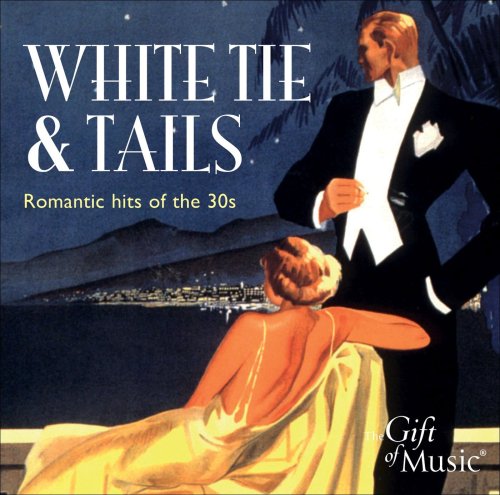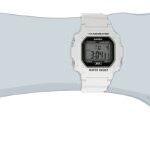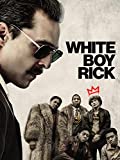White Tie and Tails
White Tie and Tails
Romantic Hits of the 30s
The 1930s were golden years for popular music for, as the Roaring Twenties made way for the Tranquil Thirties, the dance bands began to change from either being brash or over sentimental to smooth, sophisticated and swinging orchestras. Our selection of standards concentrates on the songs and ballads that characterize the wealth of lovely material that was popular during those years.
It was W.H. Auden who described the 1930s as a low dishonest decade , a succinct yet apt summary of the prevailing social and political climates. Paradoxically, though, these were the golden years for popular music for, as the Roaring Twenties made way for the Tranquil Thirties, the dance bands began to change from either being brash or over sentimental to smooth, sophisticated and swinging orchestras. Popular music itself was developing. The Twenties had already nurtured the talents of such eminent composers as Cole Porter, who seemed to epitomise sophistication, Irving Berlin, who like Porter wrote both music and lyrics and George Gershwin, who was to die tragically young. But what was notable and far-reaching about this decade was the emergence of ordinary popular songs in their own right as opposed to their being written for Broadway or London shows, along with a new breed of writers that included Harold Arlen, Jimmy Van Heusen, Harry Warren and Kurt Weill (whose background was Germany and left-wing related operas). Their elegant and refined melodies, harmonically daring and with an awareness of jazz, became the hits of the day, and found perfect outlets in the bands and singers who clearly relished performing them.
The clientele that made up Thirties society were probably oblivious to the prevailing widespread unemployment and economic distress whilst they wined, dined and danced at the leading London night-clubs and hotels. The rest of us would resort to the radio, which could provide such a range of entertainment including regular broadcasts from the very venues where the privileged were enjoying themselves. The wireless (the word radio , at that time, was more of an Americanism!) would introduce us to and make household names of many great entertainers. The most celebrated must be Bing Crosby. He was the first popular singer to realize the power and potential of the microphone and to be able to sing directly and seemingly personally to his audience. His influence cannot be underestimated and his way of interpreting a song still remains a unique experience.
Most of the lovely songs on this album have become standards . The artists performing them have been especially chosen to reflect the best talents from both Europe and America who are so associated with the era. There are no fewer than eight great ladies of song that include Judy Garland, Gracie Fields, Marlene Dietrich, Ella Fitzgerald, Alice Faye and Greta Keller. Radio memories will be recalled with such dance-band stalwarts as Harry Roy, Carroll Gibbons, Ambrose and Ray Noble and this collection would not be complete without the inimitable Al Bowlly, the unforgettable Hutch and Louis Armstrong in typical form. We will let Frances Langford have the last word as she so perfectly describes the joy of this exclusive programme in her ballad So Many Memories.

![Apple Watch Series 8 [GPS 41mm] Smart Watch w/Silver Aluminum Case with White Sport Band – S/M. Fitness Tracker, Blood Oxygen & ECG Apps, Always-On Retina Display, Water Resistant](https://www.white-gifts.com/wp-content/uploads/2023/05/31sNv0RYxQL._SL500_-150x150.jpg)











